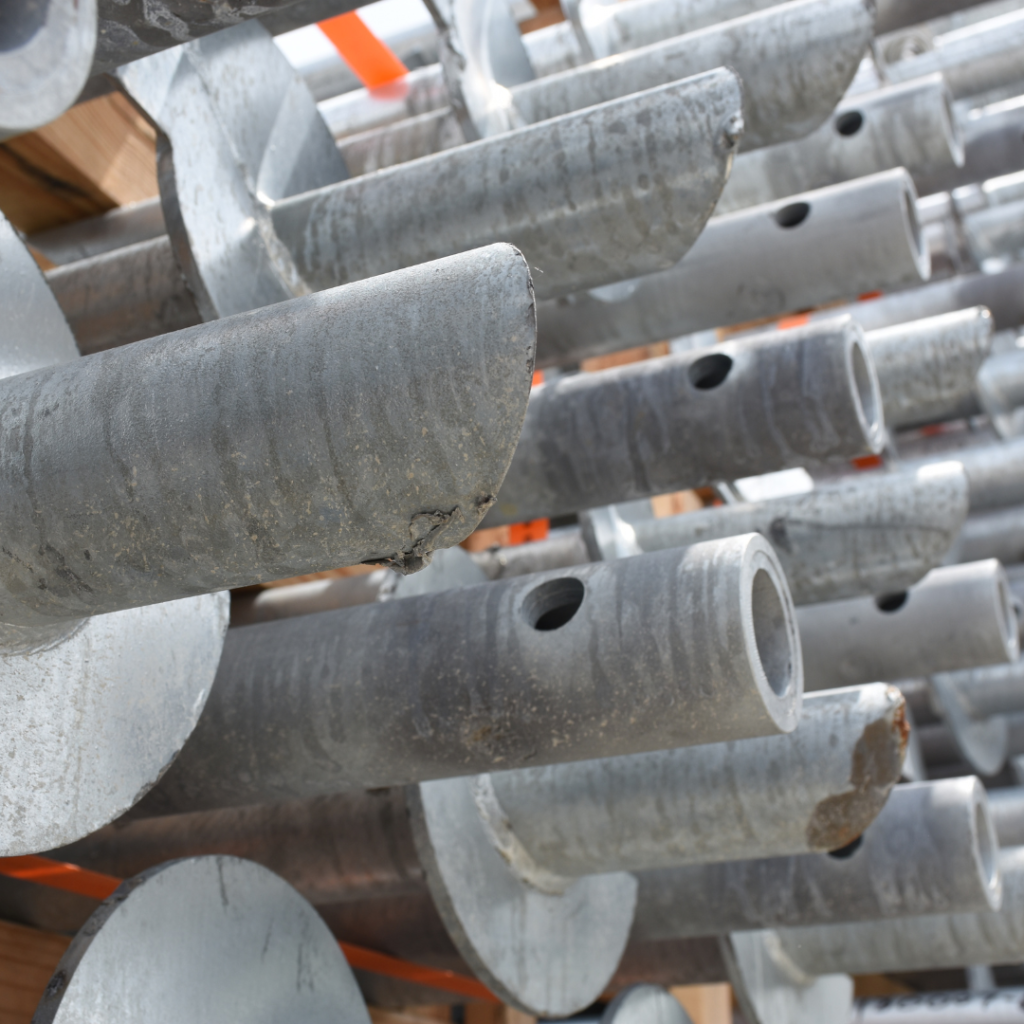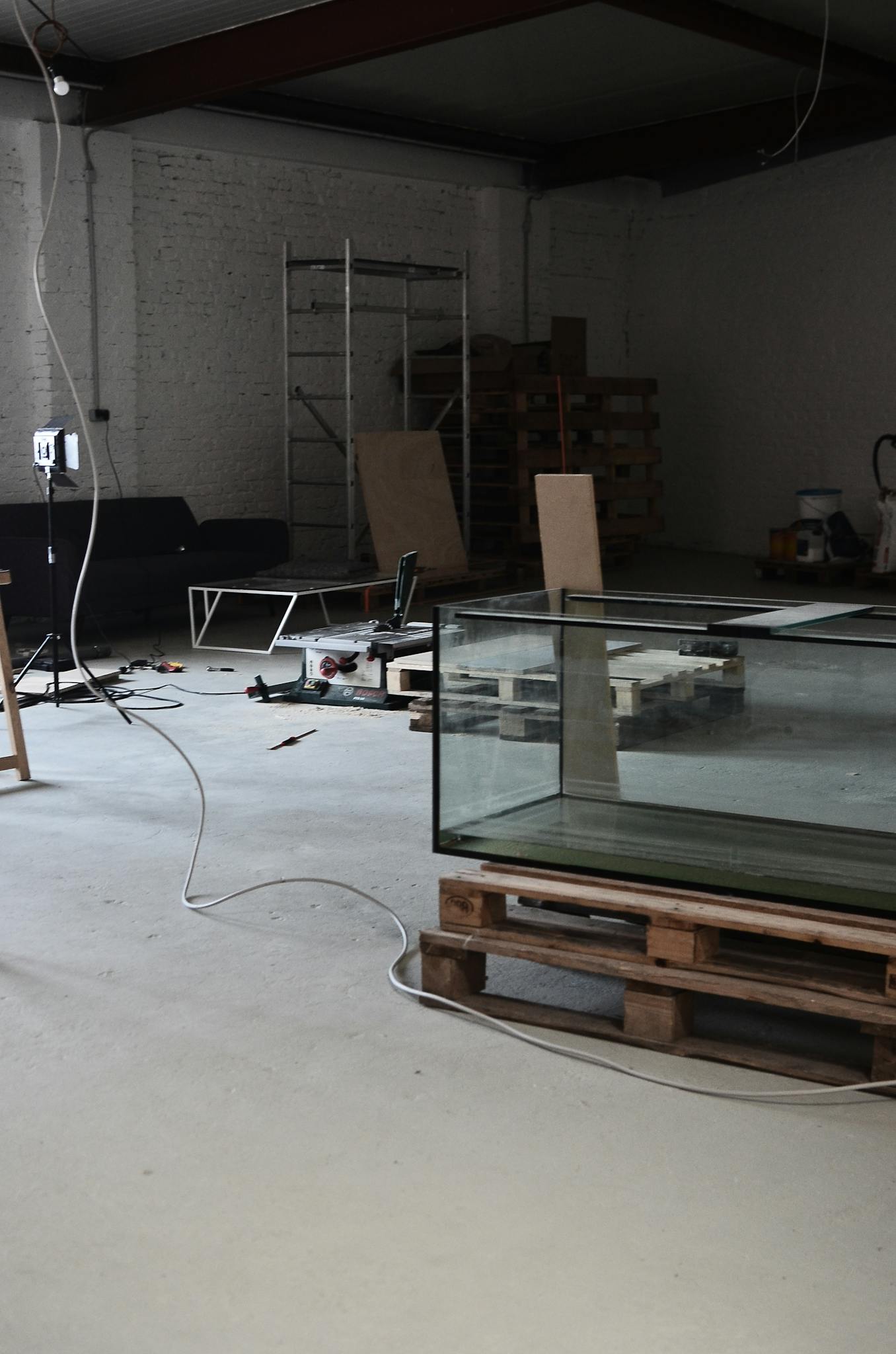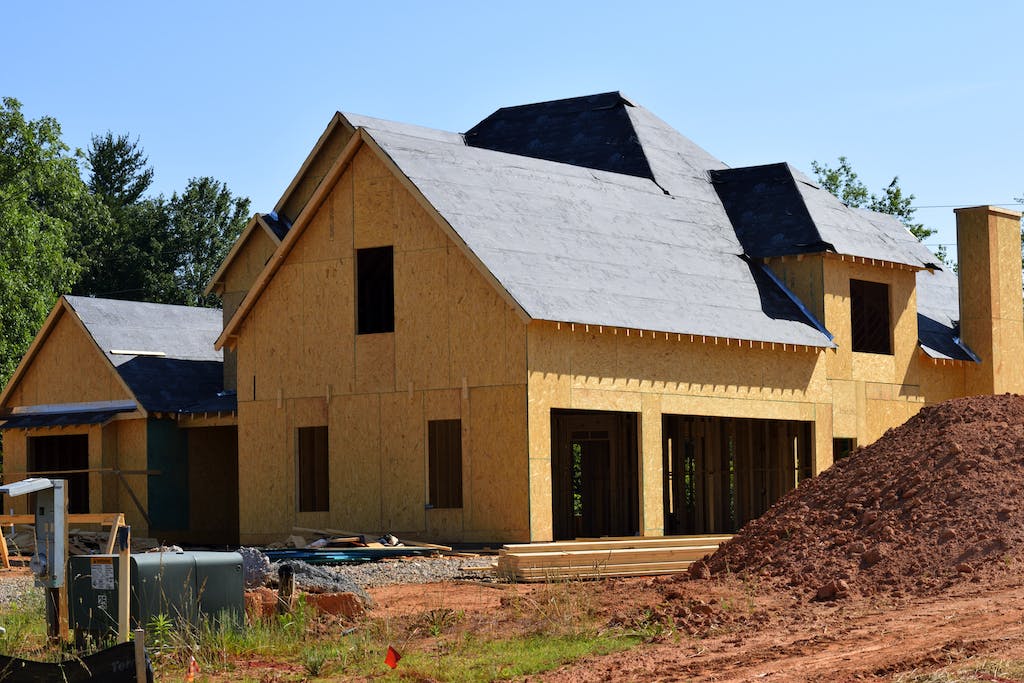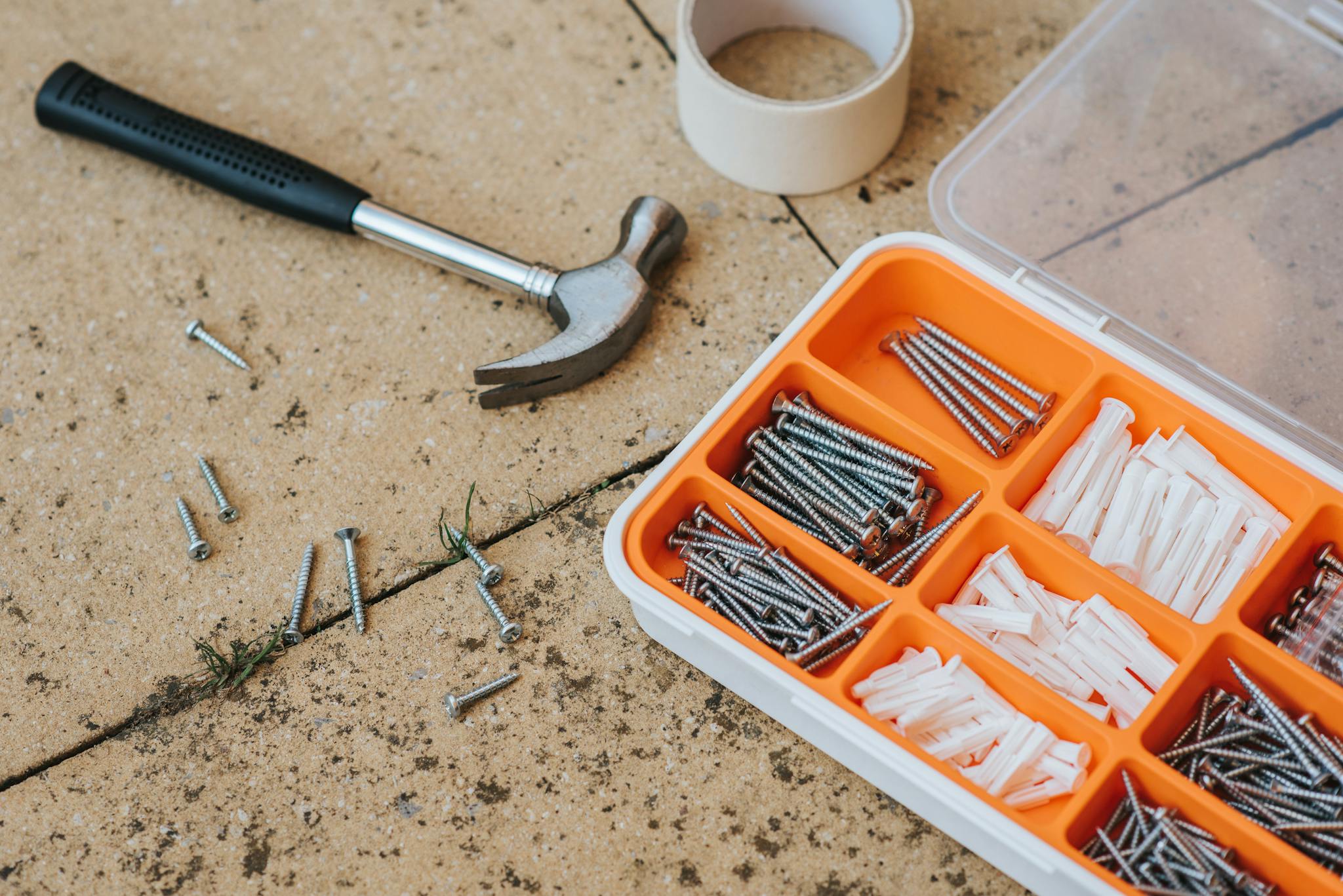Utah Foundation Repair: Innovative Foundation Solutions
Foundation solutions using helical piers and push piers are crucial for stabilizing existing residential structures facing foundation issues. Helical piers, with their helical blades that provide strong support in unstable soil conditions, are ideal for repair projects. On the other hand, helical piers are also a preferred choice for new construction, offering a reliable and efficient foundation solution that can withstand uplift forces and ensure stability.

Helical Piers
Helical piers, also known as screw piles, are used to support structures without traditional deep foundations. They are made of steel shafts with helical flights screwed into the ground for stability and weight-bearing. Commonly used in poor soil conditions or limited access areas for quick building solutions.

Push Piers
Push piers are commonly used in residential foundation repair to stabilize and lift settling foundations by driving them deep into the ground next to the foundation to provide support and prevent shifting.

New Construction Piers
New construction piers are essential for stabilizing the foundation of a building, maintaining its structural integrity and ensuring longevity. These piers are instrumental in providing the necessary support before construction begins.

Summary of Foundation Solutions
Helical piers, push piers, and new construction piers are all popular options for stabilizing foundations in different scenarios. Helical piers are ideal for lighter structures and can be installed with minimal disturbance to the surrounding area. Push piers are commonly used for heavier structures and can provide additional support to lift the foundation back to its original position. New construction piers are designed specifically for new builds, providing a solid foundation from the start. It is important to note that every situation is unique, and the best option may vary depending on factors such as soil conditions, building weight, and project goals. Consulting with a professional is crucial in determining the most suitable solution for each specific case.
